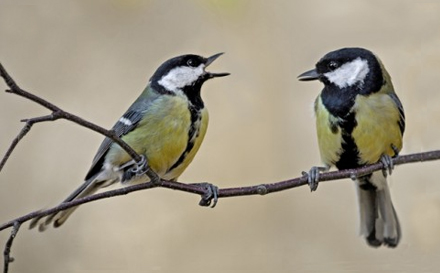Why birds of a feather may not flock together

DNA mutation rates are the deciding factor in the battle of the birds, which sees songbird species disproportionately outnumbering other bird orders, according to research from The Australian National University.
Dr Robert Lanfear from the Research School of Biology, who led the research team, said that the study’s results confirm that when a bird species is split into two separate populations by a physical barrier, such as a mountain range, the rate at which the two populations diverge to become separate species depends on the mutation rate.
“It has been shown before that species that accumulate more changes in their DNA tend to diversify more quickly. But is it changes in the DNA that cause speciation, or speciation that causes changes in the DNA? Our study suggests that, at least for birds, it’s the changes in DNA that cause speciation,” he said.
“From an evolutionary perspective, this takes us one step closer to understanding why some groups of organisms have more species than others,” said Dr Lanfear.
“Our research has shown that part of the answer to this mystery may be because lineages with faster mutation rates, such as songbirds, diversify more quickly.”
The paper, ‘Mutation rate is linked to diversification in birds’ is published in the current issue of the Proceedings of the National Academy of Sciences. A copy is available from the ANU media office.
Contact
This news story has been kept for historical purposes, and content may now be out of date.
